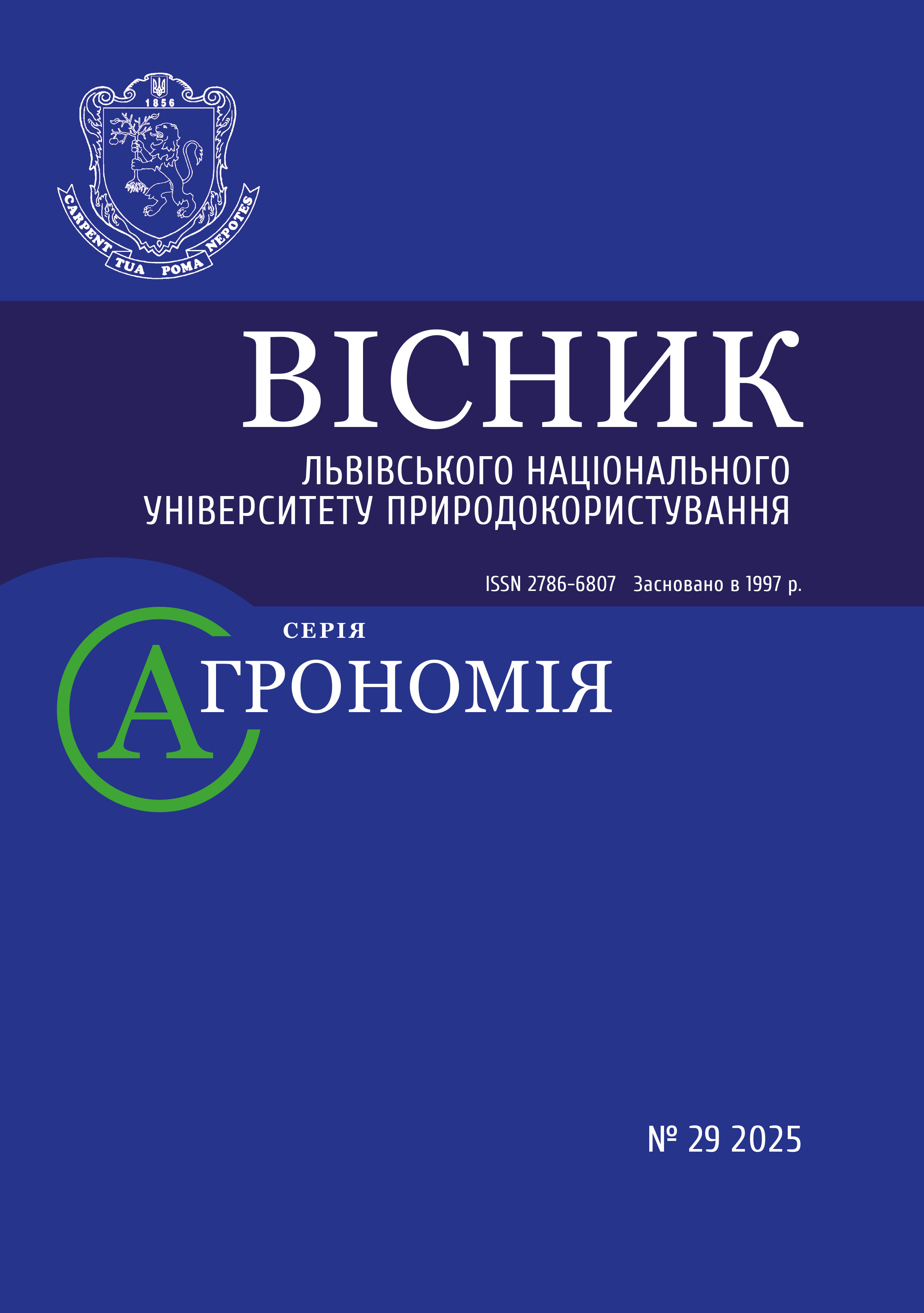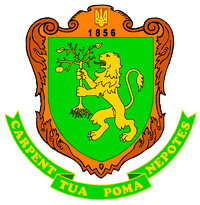FIELD GERMINATION OF SAND SAINFOIN DEPENDING ON THE VARIETY
DOI:
https://doi.org/10.31734/agronomy2025.29.147Keywords:
field germination, sainfoin, varietyAbstract
The article emphasizes the importance of establishing an effective forage base that provides a sufficient amount of high-quality green feed in line with zootechnical requirements. It underscores the need to implement innovative technologies for growing forage crops to enhance their productivity, ecological stability, and economic viability, particularly in the face of contemporary challenges like climate change. Sand sainfoin is highlighted as a drought-resistant crop with significant potential for the Western Forest-Steppe region of Ukraine. However, its cultivation area is currently limited due to a lack of awareness regarding its benefits and effective growing techniques. Further research on this crop could help increase its production in the region.
The authors present the findings from studies conducted in 2023–2024 at the research field of the Department of Crop Production Technologies at Lviv National Environmental University. These studies investigated the variability in field germination rates and the density of plants per square meter of sand sainfoin, as well as the impact of different varieties on these metrics.
The research identified which varieties exhibited the most consistent performance under varying conditions throughout the study period. Notably, the Smarahd variety showed the highest field germination rate at 76.2%, compared to the Vegas and Arsei varieties, which had 10 and 14 plants per square meter fewer, respectively.
Additionally, it was found that weather conditions significantly influenced the field germination of sand sainfoin seeds in the Western Forest-Steppe of Ukraine, particularly on dark gray podzolized soils. Favorable moisture levels and temperature in the sowing layer of the soil created optimal conditions for initial growth. Field germination rates varied from 70% to 73.5% in 2023, and from 74.7% to 78.6% in 2024.
References
Cherenkov A. V., Tarasenko O. A., Andriienko O. O. Formation of seed productivity of alfalfa and sainfoin in the first year of life under conditions of the Northern Steppe of Ukraine. Bulletin of the Institute of Cereal Crops of NAASU. No 37. 2009. P. 50–54.
Chornolata L. P., Lykhach S. M., Zdor L. P. Protein complex of green mass of forage crops. Fodder and Feed Production. 2023. No 96. P. 180–189. https://doi.org/10.31073/kormovyrobnytstvo202396-17.
Demydas H. I., Lykhosherst E. S., Svystunova I. V. Sainfoin – a promising crop in fodder production. Scientific Bulletin of NUBiP of Ukraine. Series: Agronomy. 2017. Issue 269. P. 17–23.
Hetman N. Ya., Veklenko Yu. A. Forage productivity of sand sainfoin under conditions of the Right-Bank Forest-Steppe. Fodder and Feed Production. 2019. Issue 88. P. 50–55.
Hryhorieva O. M., Almaieva T. M., Umrykhin N. L. Yield of sand sainfoin (Onobrychis arenaria L.) under conditions of the Right-Bank Steppe of Ukraine. Cereal Crops. 2021. Vol. 5. No 2. P. 295–301. https://doi.org/10.31867/2523-4544/0188.
Matkevych V. T., Reznichenko V. P., Kolomoiets L. V. Productivity and quality of forage crops depending on growing conditions in the northern Steppe of Ukraine. Fodder and Feed Production. – Vinnytsia, 2004. P. 32–35.
Petrychenko V. F., Lykhochvor V. V. Crop Production. New technologies for growing field crops: textbook. 5th ed., revised, expanded, additional edition. Lviv. NVF “Ukrainski tekhnolohii”. 2021. 808 p. https://doi.org/10.31073/roslynnytstvo5vydannya.
Snihovyi V., Yavorskyi S. “Sainfoin – a valuable fodder and reclamation crop”. Proposal. 2001. No 7. P. 35.
Tkachuk O. P. Soil contamination with heavy metals during the cultivation of perennial legumes. Agriculture and Forestry: Collection of Scientific Papers. 2020. No 16. P. 212–225. DOI: 10.37128/2707-5826-2020-1-15.


